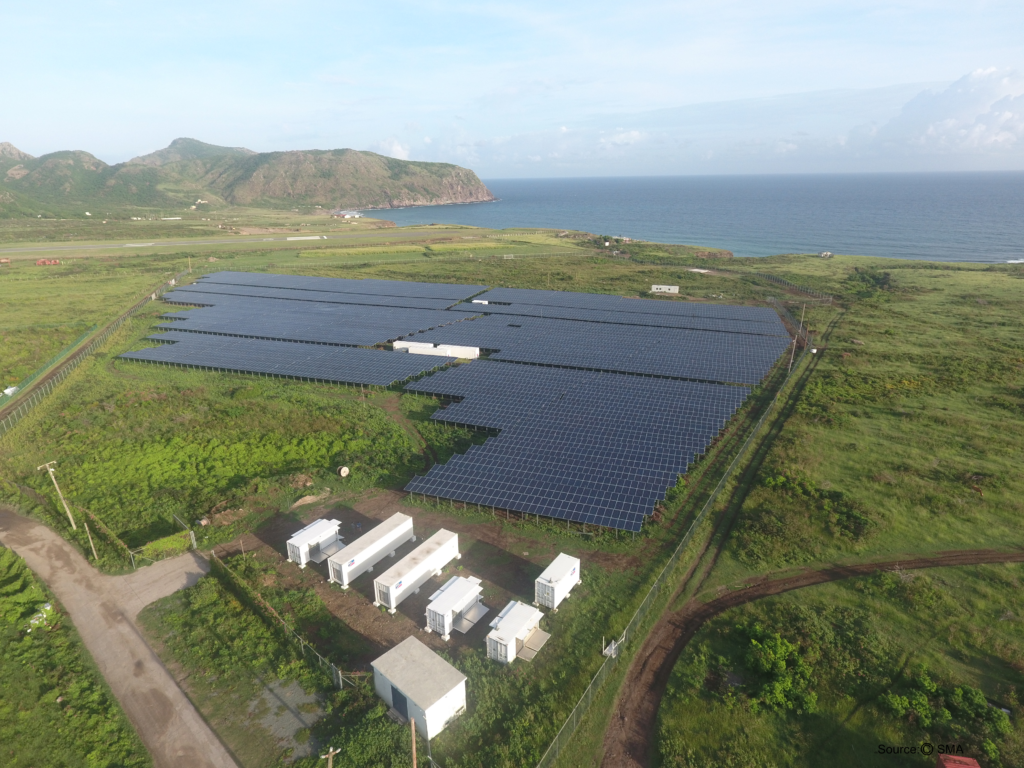Off-grid photovoltaic systems
Definition: Off-grid photovoltaic systems are not connected to the public grid. Raach Solar implements systems for various purposes - battery storage systems, power supply systems for villages or telecommunication systems as well as hybrid solar power plants.
Battery storage systems (AC solar home systems)
The difference between an AC Solar Home System (SHS) and a DC Solar Home System is the standard single-phase output voltage of 230 VAC through an additional inverter and a higher solar array power between 1 kWP and 5 kWP. With such an independent solar power supply, you can operate standard household appliances such as refrigerators, irons, televisions, lights and computers.

Photovoltaic pump systems
Solar pump systems are one of the most economical applications as they are operated without batteries. At sunrise the system starts pumping water, at sunset the pump stops to deliver water. No electricity is stored, usually water is stored in a water tank. The key component is the pump inverter, which is an external unit.
or a unit built into the pump. This pump inverter or "variable speed drive (VSD)" converts the DC voltage from the solar modules into a three-phase AC voltage to drive the pump motor.
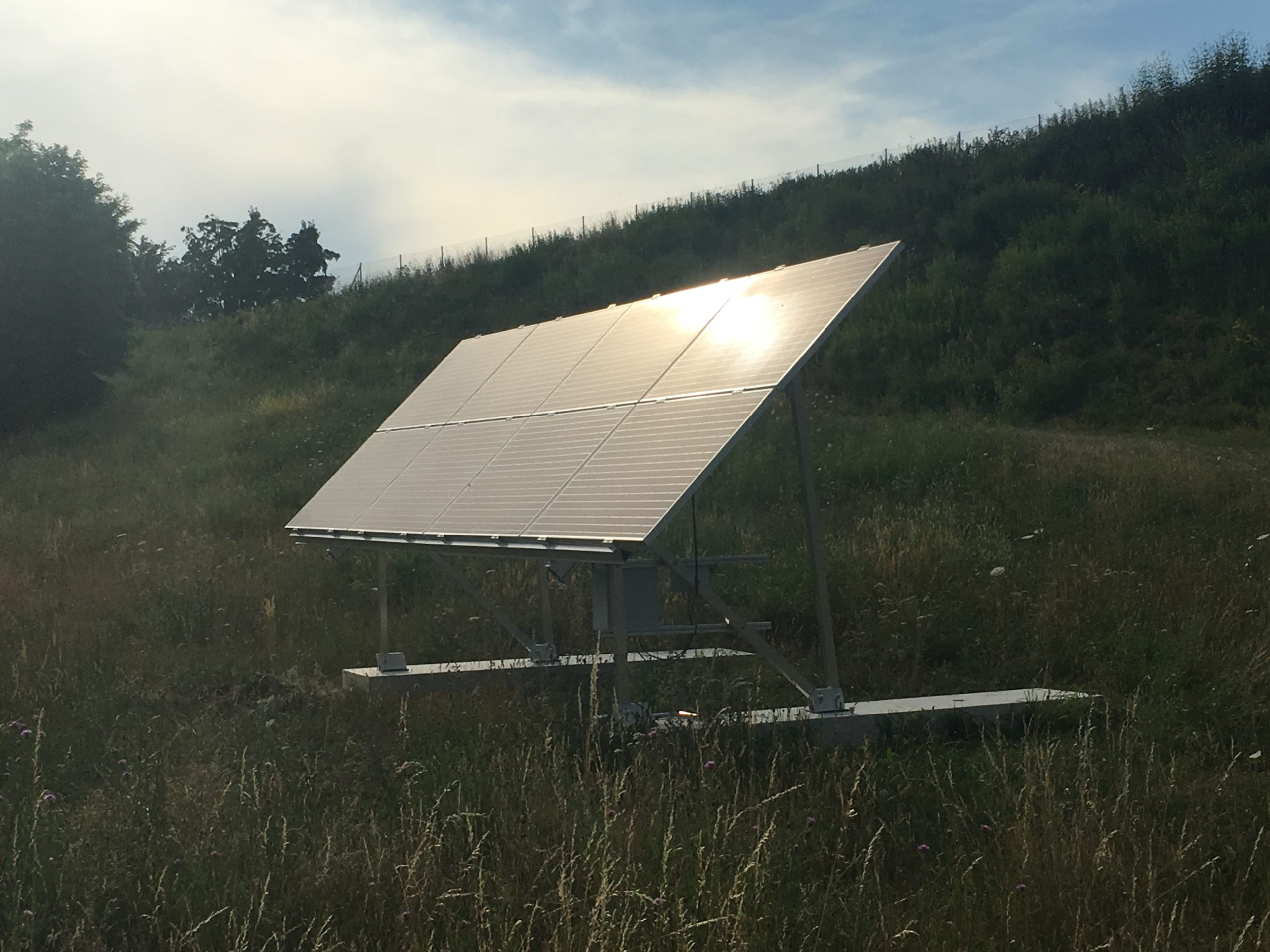
Village power supplies (AC mini grids)
Village Power Supplies (VPS) supply a three-phase low-voltage grid (3 x 400 VAC) to houses, buildings or entire villages. The typical nominal output is between small 10 kWp and medium 1 MWp solar modules. The advantage of its modular design is that more solar module and battery storage capacity can be added at a later date. The brain of the system works with the main inverter-charger, which generates the voltage grid from the electricity grid (as shown as charges in the drawing below) and controls the energy flows depending on the state of charge (SOC) of the battery. The AC distribution box "Multi-Cluster-Box" combines all sources, solar energy, battery power and, if available, the public grid or the diesel generator to supply the loads.

Solar power supply for telecommunication stations
Telecommunication devices for remote internet, mobile phones or repeater stations require 48 VDC power supplies. Solar power is more economical and technically reliable than diesel generators in remote areas or urban areas with frequent power outages. The key component is the DC/DC solar charge controller, which charges the 48 VDC battery and powers the telecoms equipment. The typical power ratings of these solar power supplies are between 5 kWp and 30 kWp.
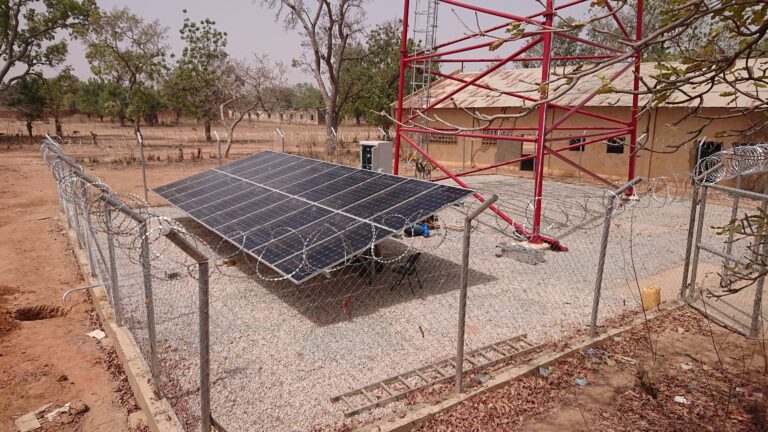

Cathodic corrosion protection systems (oil & gas)
Underground or buried oil and gas pipes corrode in dry and humid environments. To reverse the corrosion process, solar energy or solar power systems inject electricity through electrodes. A key component here is the cathodic charge controller, which measures the difference in electrical potential between the pipeline and earth. The loads are electrodes fed by a variable direct current to reverse the corrosion process. Solar systems for these applications have a typical rated output of between 10 kWp and 50 kWp.
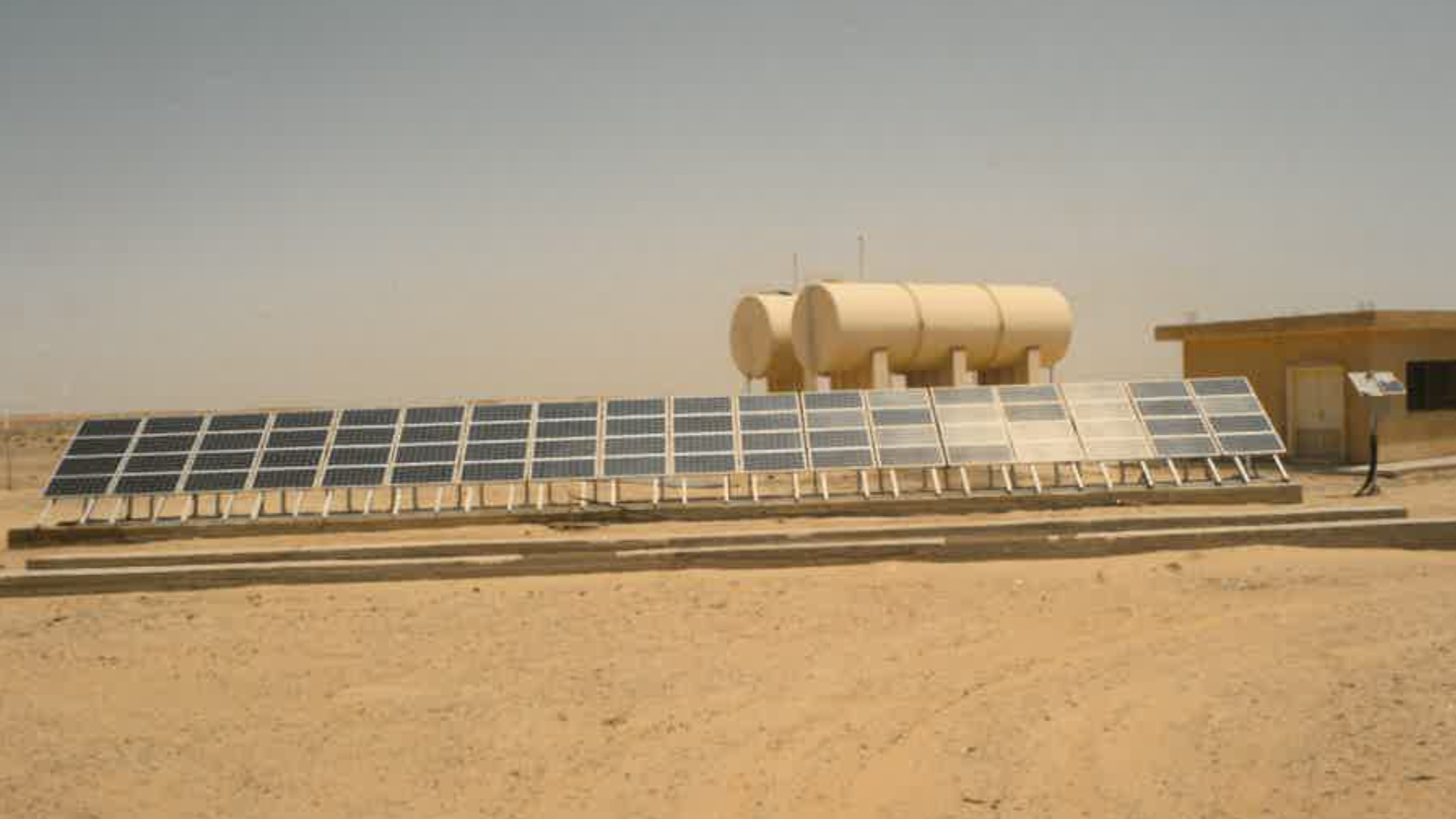
Solar streetlights
Solar-powered street lights use modern, highly efficient LED technology to illuminate roads and paths. The key element is the streetlight charge controller, which recognises the difference between day and night via the solar modules. The start and stop time of the lighting can be set on site. Various battery technologies such as lithium, nickel or lead can be used. Customised designs are available.
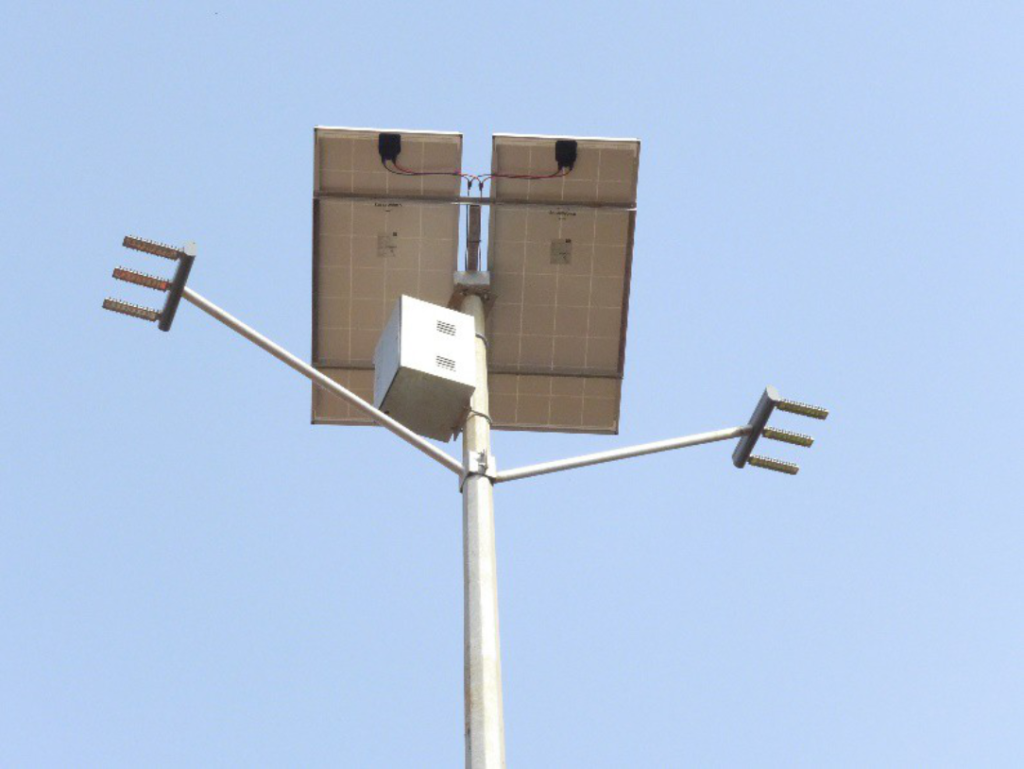
Solar home systems
DC solar home systems are designed for basic rural electrification with electrical loads that only require a supply voltage of 12 V or 24 VDC. Technological advances have been made in the development of specialised high-efficiency DC loads such as LED lights, radios, flat screen TVs and notebooks. Low energy consumption combined with high convenience has reduced the size of solar modules and battery capacity.
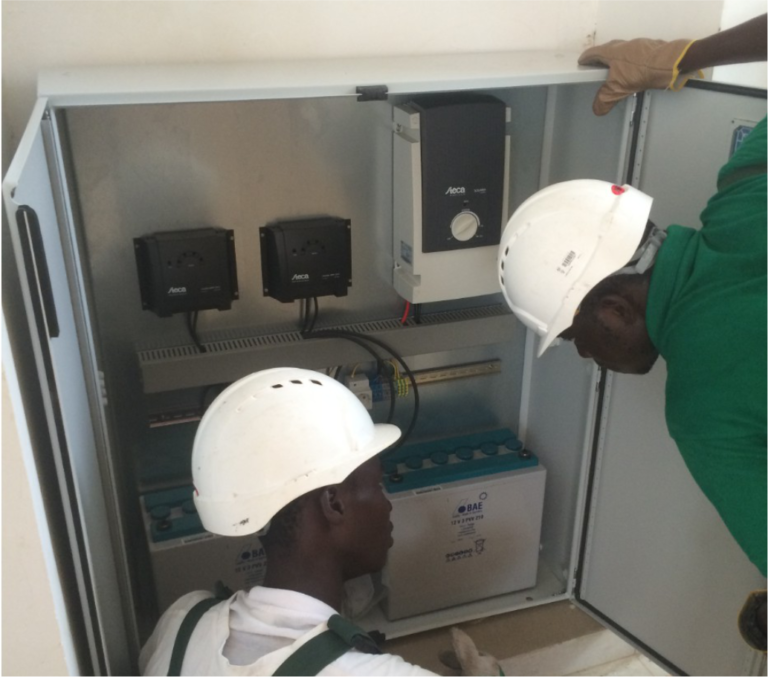
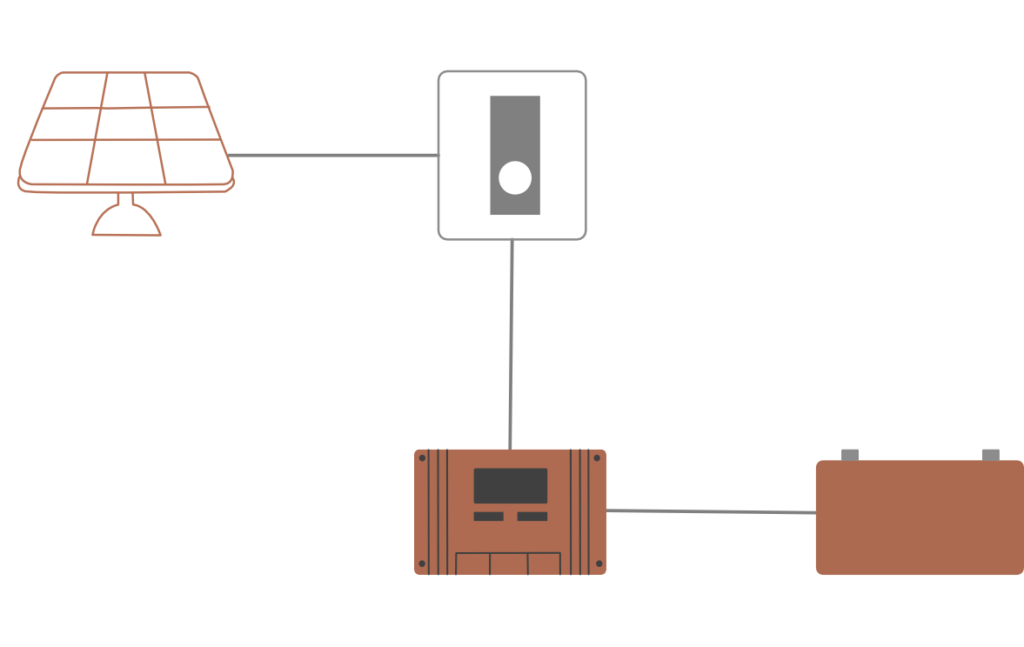
Hybrid photovoltaic power plants (>10 MWp)
Ground-based photovoltaic power plants can be designed as independent off-grid medium-voltage power plants on a large scale. Currently, photovoltaics is one of the most economical and cleanest sources of electricity, outperforming other sources such as wind power or fossil fuel generators. After analysing the load profile, RAACH SOLAR uses special design software to determine the size of the photovoltaic power plant and the required storage capacity.
Various configurations are possible:
- Photovoltaics - battery storage power plant
- Photovoltaics - wind energy - battery storage power plant
- Photovoltaics - Wind energy - Battery storage - Diesel generator backup power plant
